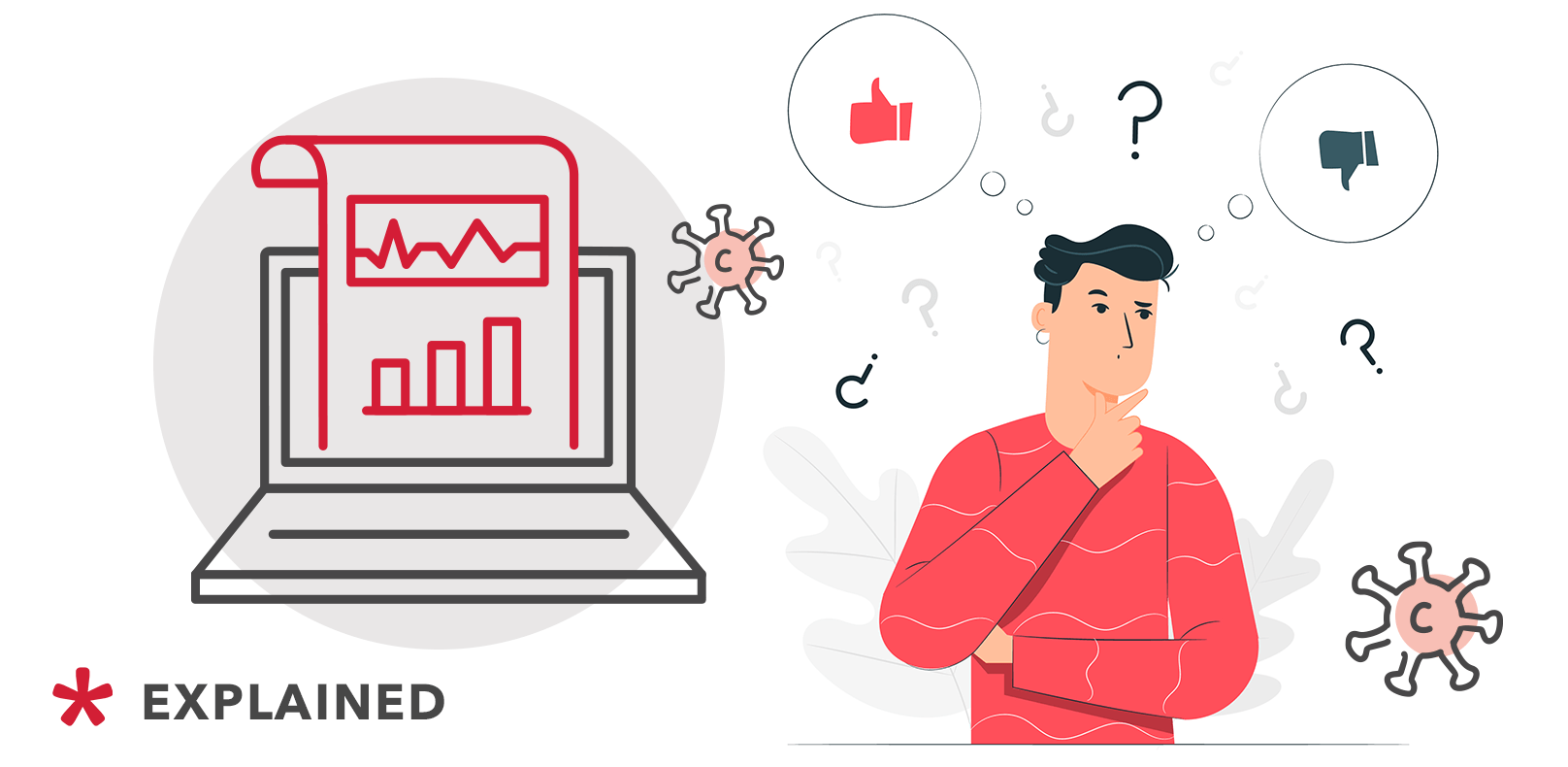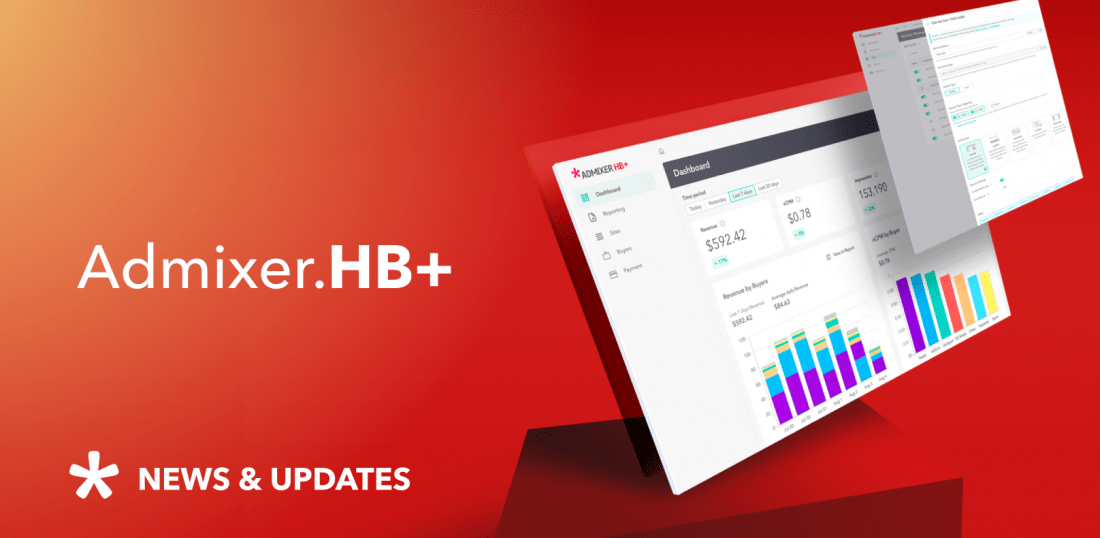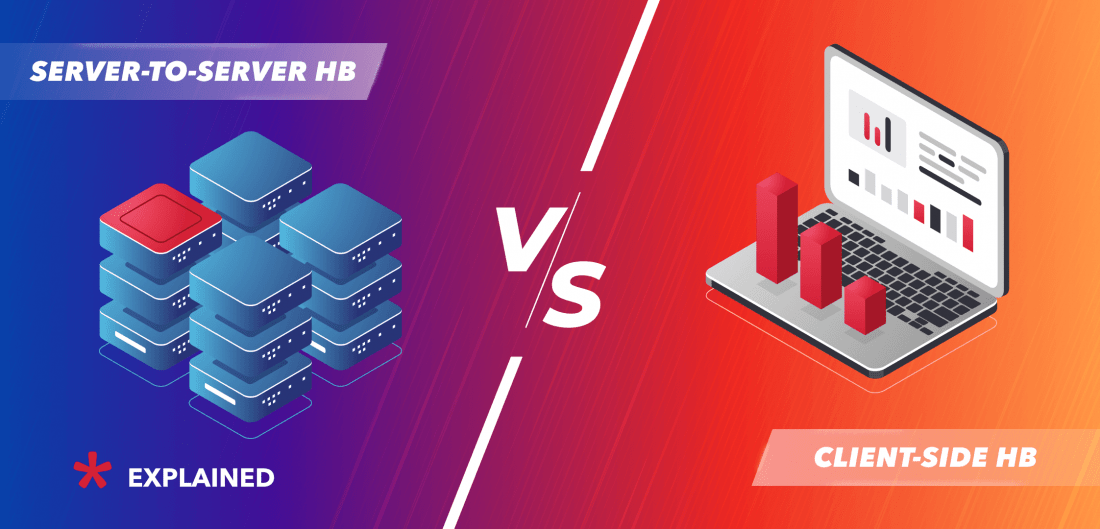
Publishers Vs. COVID-19: Revenues, Threats and Opportunities
The global pandemic and subsequent crisis have disrupted the natural development of digital publishing and reshaped the marketplace. Various content niches were affected: some suffered irreparable damage, while others quickly bounced back, or even enjoyed explosive growth.
Many publishers experienced an unprecedented increase in traffic while losing channels to monetize it. Digiday survey found that for 80% of publishers, traffic is up by more than 50% from pre-pandemic levels, while CPM for web-publishers dropped on average by 34%.
Users altered their online behavior during the lockdown, which, in turn, changed marketing strategies and ad spend priority.
- Who benefits from the traffic surge
- Changes in ad spend
- Publishers’ revenues during the COVID-19 pandemic
- Revenue expectations vs reality
- Direct deals and programmatic ads
- Subscriptions
- Other sources of revenue
- Threats
- Transition to the post-cookie world
- Increased competition
- Fraud
- Opportunities
- Leveraging data
- Contextual targeting
- Ad formats
- Conclusion
Who benefits from the traffic surge
The coronavirus crisis triggered massive growth in content consumption, especially news sites.
However, publishers were unable to capitalize on these gains, since most advertisers significantly reduced their ad spent across several content categories.
News publishers, in particular, are twice as likely to be blacklisted – 40% of advertisers won’t advertise near coronavirus-related content.
According to the IAB report, news sites were more severely affected by the cuts in advertising budgets; for 88% of them, advertisers canceled campaigns while only 77% of Non-news publishers experienced the same issues.
Changes in ad spend
Both publishers and advertisers witnessed a steep decline in ad spend and revenues from March to June. Nevertheless, digital publishers are still performing better than traditional media.
Digital ad revenues are down by 19%-25% depending on the channel and content category, while linear TV and print ad revenues are down 27% and 32%, respectively.
Despite better performance than traditional media, the situation is still pretty grim, as 82% of advertisers paused their campaigns or significantly decreased media buys in digital.
Advertisers who cut their spendings the most are:
- travel and tourism
- automotive
- real estate
- apparel and fashion
The least affected advertisers who have not significantly changed their media plans are:
- cosmetics
- household products retail
- beer, liquor and wine
- gaming
- telecommunications
- parenthood
- pet supply.
One of the biggest winners of content upsurge was content business centered on education. These include self-taught courses, online classes, skills workshops, etc. They witnessed an 18% traffic upsurge since the beginning of the quarantine measures and maintained the growth even when restrictions were gradually lifted.
The downfall of travel, automotive, and real estate is widely recognized in the media; the question is whether consumer appetite will ever rebound. There are reasons for careful optimism, as online activity in the categories of “Automotive” and “Real Estate” has somewhat recovered during the first couple of weeks of May 2020, and in some cases, are above pre-pandemic levels. For the “Travel” category, however, activity remains sluggish, probably due to the uncertainty surrounding the logistics of tourism.
Publishers’ revenues during the COVID-19 pandemic
Publisher revenues took a hit in the first quarter, but the second-quarter is poised to be worse. The ongoing crisis has facilitated the shifts already taking place: the transformation of ad-supported media, focus on the reader revenue, and producing content users are willing to pay for.
Revenue expectations vs reality
According to the Digiday survey, 52% of publishers failed to meet their first-quarter numbers. About 25% reached their earning milestones, while 23% exceeded them.
It’s been a financial turmoil for news publishers: 59% have not reached their projected earnings, and only 19% of them exceeded it.
IAB noted that publishers are skeptical about quick market recovery. This can be a new normal. The average publisher expects the company’s revenue to return to “pre-coronavirus” levels in the first half of 2021. About 6% of publishers believe that the income will be permanently impacted.
Direct deals and programmatic ads
In the autumn survey by Digiday, more than 50% of publishers reported that direct deals were a large or very large source of revenue. In comparison, programmatic ads were a primary source of income for 35% of publishers.
The revenues from direct deals and programmatic ads dropped for 65% of publishers in the first and second quarter of 2020.
Admixer.Network works as a complete ad revenue engine due to the seamless integration with Admixer.SSP providing an instant connection to millions of quality advertisers. There’s also a simplified version available for websites and mobile apps – Admixer.Publisher.
Subscriptions
In a survey conducted by Digiday Research last autumn, almost 46% of publishers declared that growing subscriptions were a major focus for them over the next six months.
Subscription and paywall content is a business model that is increasingly gaining prominence in the industry since it allows it to generate stable and predictable income. Frequently, this content does not need a substantial budget.
According to the survey, as a rule, only 25% of company resources go toward subscription products. This low-cost sustainable revenue stream proved itself during the crisis.
Subscriptions actually increased for 29% of publishers and decreased for only 14% of publishers. For 57%, they stayed flat. Content businesses that relied on the subscription model were able to weather the storm.
Other sources of revenue
Event revenues dropped for 60% of publishers, while revenues from branded content and partner materials decreased for 58% of media businesses.
Commerce and affiliate earning demonstrated a slight increase for 15% of publishers and remained flat for more than half of them.
Threats
Transition to the post-cookie world
The model of tracking user behavior and targeting audiences based on 3rd party cookies will soon vanish. Advertisers will have fewer capabilities to identify users and target campaigns with precision. This can cause a decline in website monetization since CPMs of unidentified users is, on average, 50% lower.
To control the frequency of content and reach, advertisers can limit the number of websites where they place ads, to those with a reliable user-identifying solution. Small publishers without such capabilities will be first to suffer. Advertisers will also be reluctant to pay for impressions and transition to CPC and CPA models, where they pay for the results.
Increased competition
The uncertainty surrounding tracking users on the web can shift advertisers’ priority to mediums with a proven solution for targeting.
Advertisers can re-allocate their budgets to in-app advertising, which still has its time-honored solution for user-identification – SDK. Alternatively, advertisers can reorient towards advertising in walled-gardens (media resources owned by large tech corporations, such as Facebook, Amazon, etc.).
If publishers don’t offer an effective tech solution for 1st-party data consolidation and trade, they will not be able to sustain competition.
Global publisher South China Morning Post has launched a first-party data platform to replace third-party cookies. The platform, named SCMP Lighthouse, will offer advertisers critical consumer insights to help them refine targeting efforts on SCMP’s 50 million-plus monthly reader base.
Fraud
Trading ad spaces on the open web has a growing problem with the transparency and accountability of the resellers. Damage related to domain spoofing and other fraudulent activities is estimated to reach $26 billion in 2020.
According to ISBA research: Taking other visible costs such as DSP/SSP fees and other technology costs, 15% of advertiser spend – an “unknown delta”, representing around one-third of supply chain costs – could not be attributed.
The looming phase-out of third-party cookies, will only aggravate the problem and make it harder to optimize the supply chain of ad serving. Anti-fraud systems need to be rebuilt for the new ecosystem without 3rd party cookies.
Opportunities
Leveraging data
Due to the elimination of 3rd party cookies, the importance of first-party-data will rise. Publishers collect user segments and consolidate and analyze the data, have a competitive advantage, and be more resilient to the crisis than publishers without such capabilities.
Leveraging first-party data opens countless possibilities for improving the content experience and increasing engagement with personalized messaging and materials. With data, ads can be tailored to particular audiences, for website cross-promotion or boosting CPM of the offered ad placement.
Over 12% of advertising budgets is allocated to the acquisition of first-party data for the audience targeting. The demand for data will exponentially increase over the next 2 years, and publishers need to be prepared to trade their data. Learn how you can capitalize on user data in our guide on data monetization for publishers.
Contextual targeting
Contextual targeting has been an underdog for a long time since advertisers preferred behavioral targeting with the help of cookies, which allowed them to build precise audience profiles. However, cookies frequently gathered data without user consent and were first to suffer after a wave of privacy legislations and consequent browsers decision to eliminate cookies.
Contextual targeting is now back in the favorites since it does not use cookies and does not target users directly. The recent development in AI allows automatic analysis of the web page content and intent, before placing the ad.
To reap the rewards of the resurgence of contextual targeting, publishers need to understand what kind of content their audience is consuming and analyze the content identifying keywords on the web page and build the right context.
Ad formats
Publishers should be innovative with the ad formats that they offer to advertisers since the crisis altered the traditional user behavior and channel they can be reached.
For instance, while other ad formats are suffering, native ad spending in the US is expected to grow by over 20% in 2020, reaching a total of $52.75 billion. Native display ads receive a 60% higher click-through rate and viewed 54% more frequently than typical display ads. It is less intrusive and invokes trust from the young cohort of users millennials and gen Z.
Another ad format that proved resilient to the crisis is video advertising. Publishers already witness video ad dollars rebound. Also, almost 3 in 4 media buyers are planning to increase their digital video ad spend this year.
Conclusion
Publishers are on a slow path to recovery. While the economy is bouncing back and reopening for business, the impact on the media market is only starting to be felt.
The current crisis propelled by the pandemic has accelerated trends that were already taking place.
The ad-supported model started to decline with savvy media owners pivoting to readers’ revenue through subscriptions. The importance of 1st-party data will only increase after the phase-out of 3rd-party cookies, and publishers need to think ahead about strengthening their data capabilities.



